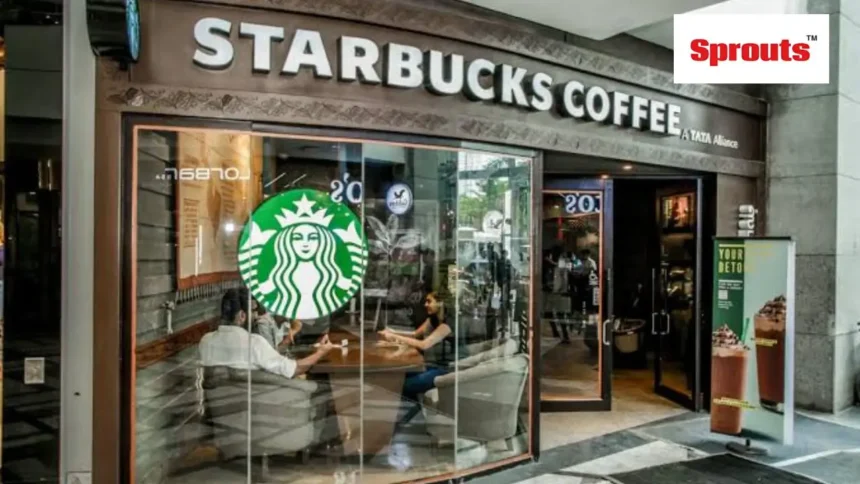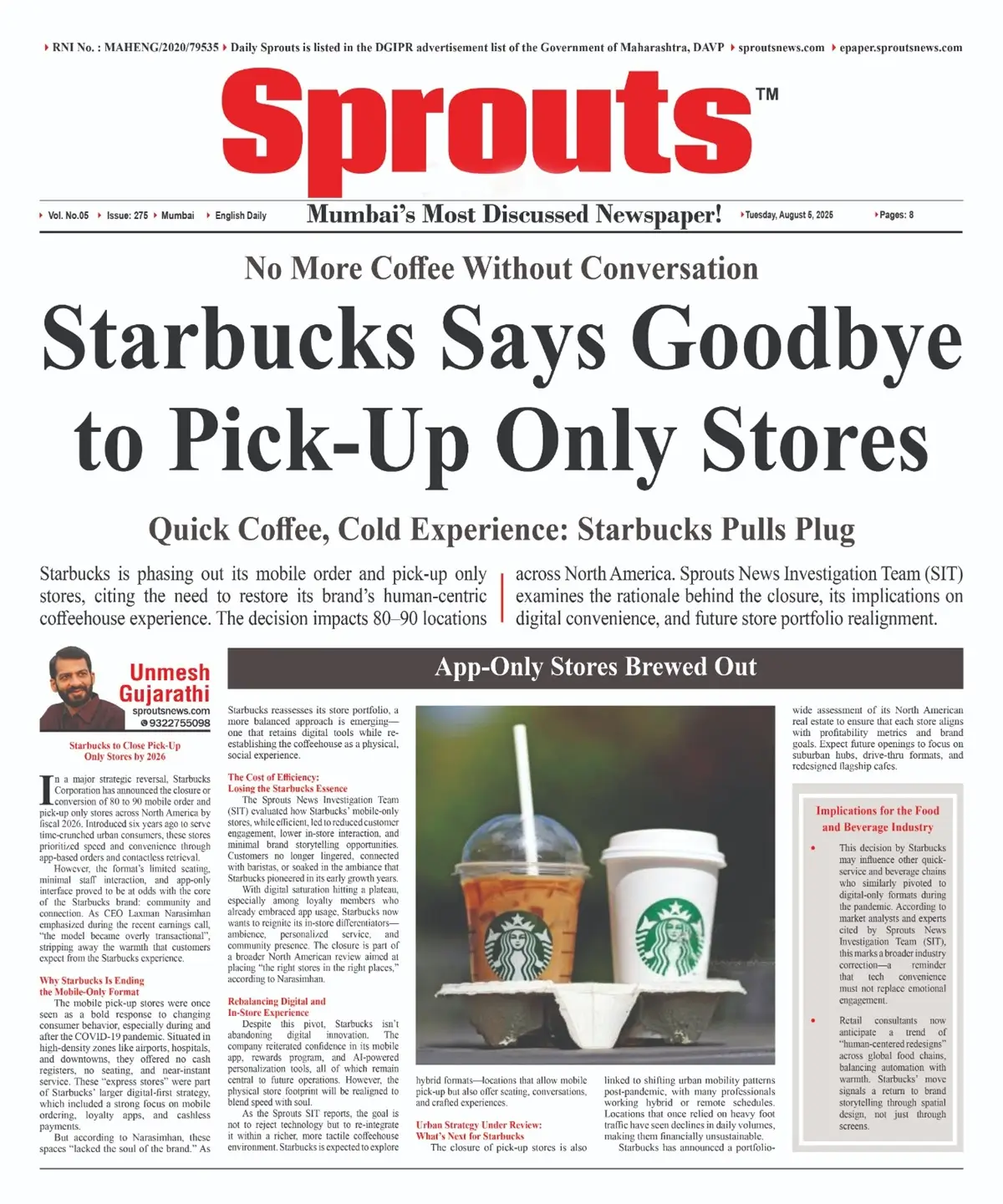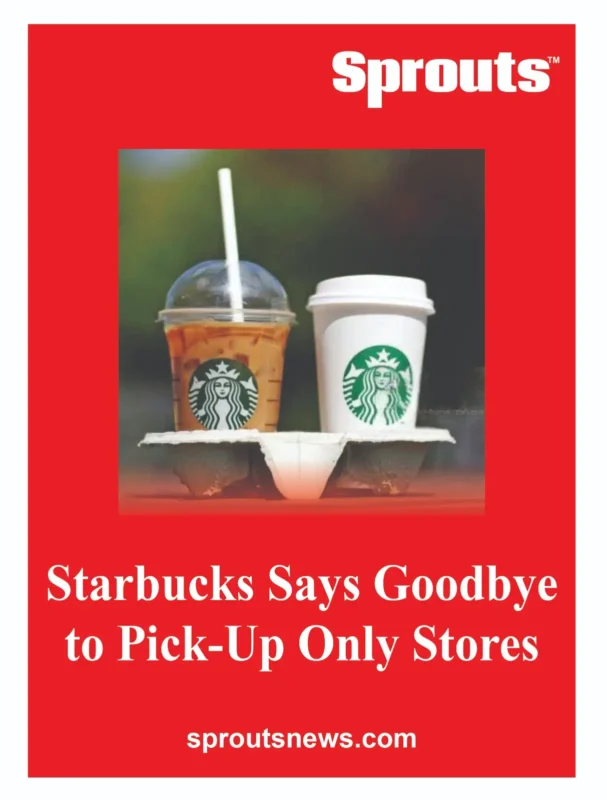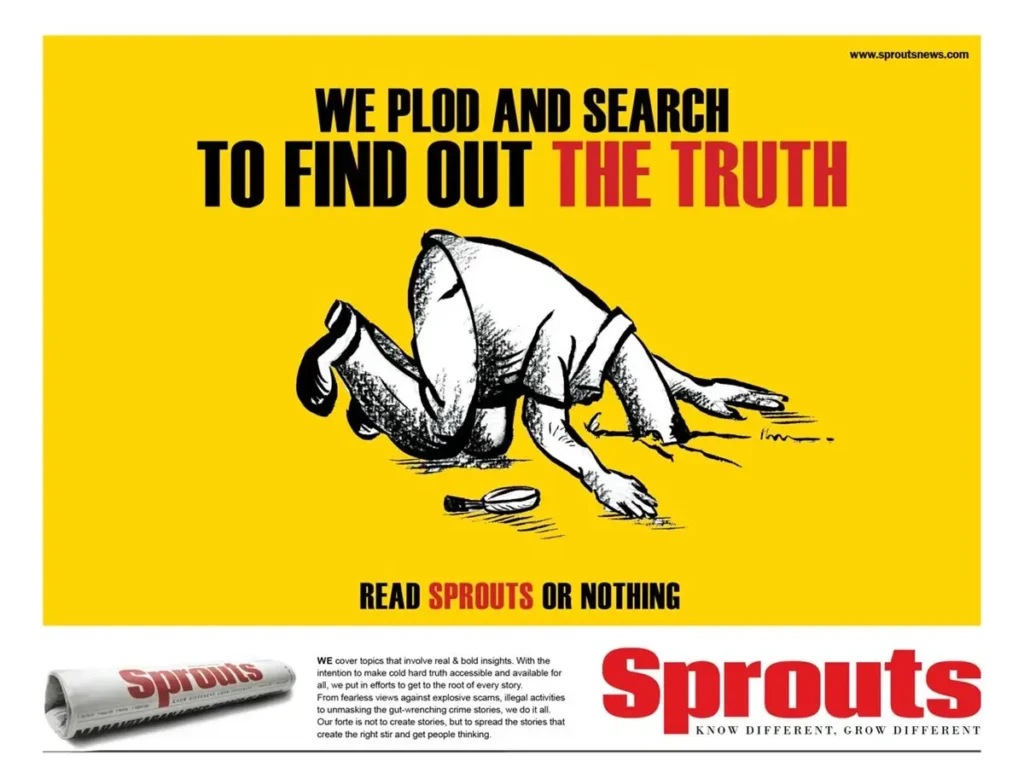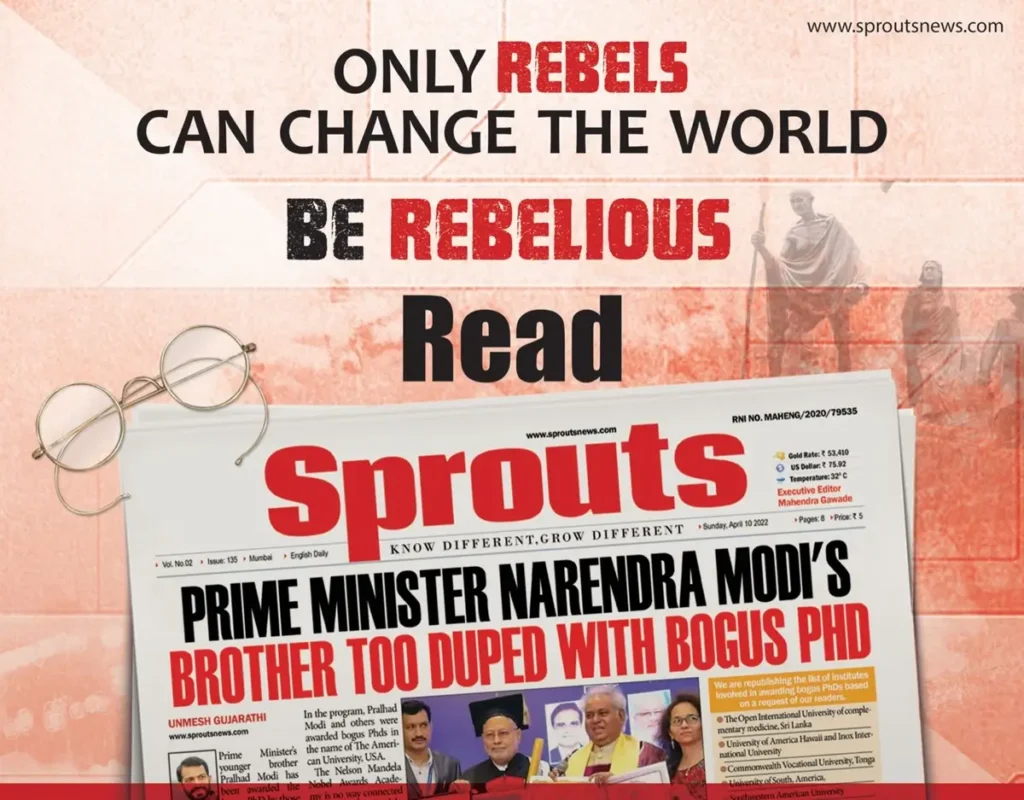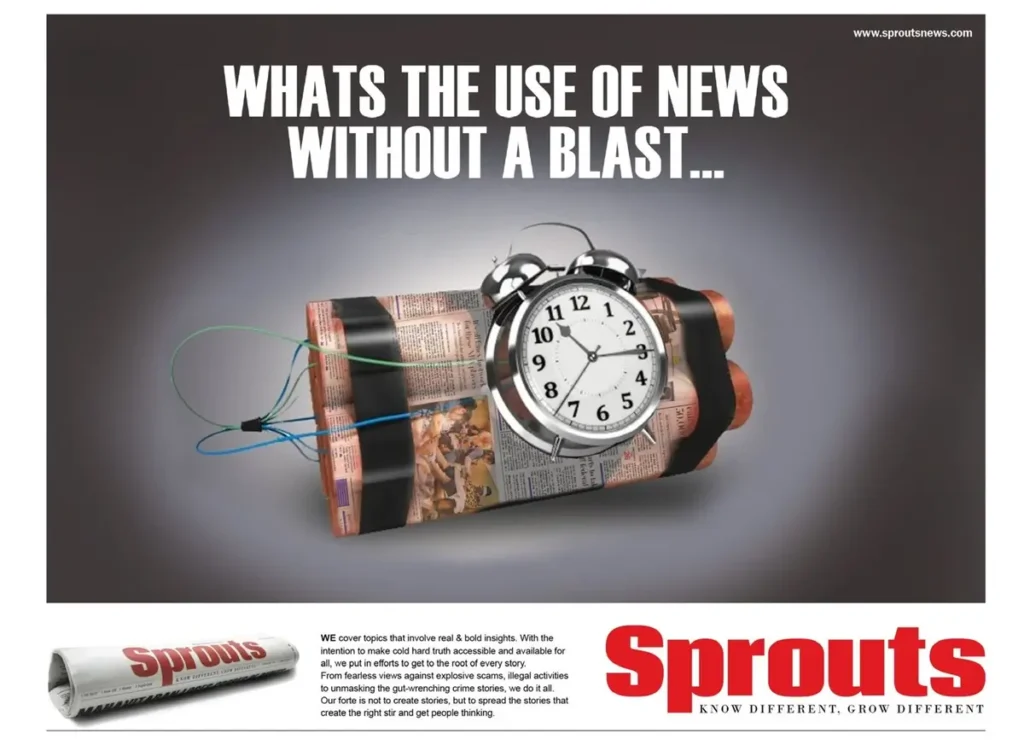Starbucks Says Goodbye to Pick-Up Only Stores
• No More Coffee Without Conversation
• Quick Coffee, Cold Experience: Starbucks Pulls Plug
• App-Only Stores Brewed Out
Unmesh Gujarathi
Sprouts News Exclusive
Contact: +91 9322755098
Sprouts News Exclusive
Contact: +91 9322755098
Starbucks is phasing out its mobile order and pick-up only stores, citing the need to restore its brand’s human-centric coffeehouse experience. The decision impacts 80–90 locations across North America. Sprouts News Investigation Team (SIT) examines the rationale behind the closure, its implications on digital convenience, and future store portfolio realignment.
Starbucks to Close Pick-Up Only Stores by 2026
In a major strategic reversal, Starbucks Corporation has announced the closure or conversion of 80 to 90 mobile order and pick-up only stores across North America by fiscal 2026. Introduced six years ago to serve time-crunched urban consumers, these stores prioritized speed and convenience through app-based orders and contactless retrieval.
However, the format’s limited seating, minimal staff interaction, and app-only interface proved to be at odds with the core of the Starbucks brand: community and connection. As CEO Laxman Narasimhan emphasized during the recent earnings call, “the model became overly transactional”, stripping away the warmth that customers expect from the Starbucks experience.
Click Here To Download the News Attachment
Contents
- Starbucks Says Goodbye to Pick-Up Only Stores
- • No More Coffee Without Conversation
- • Quick Coffee, Cold Experience: Starbucks Pulls Plug
- • App-Only Stores Brewed Out
- Starbucks to Close Pick-Up Only Stores by 2026
- Why Starbucks Is Ending the Mobile-Only Format
- The Cost of Efficiency: Losing the Starbucks Essence
- Rebalancing Digital and In-Store Experience
- Urban Strategy Under Review: What’s Next for Starbucks
- Implications for the Food and Beverage Industry
Why Starbucks Is Ending the Mobile-Only Format
The mobile pick-up stores were once seen as a bold response to changing consumer behavior, especially during and after the COVID-19 pandemic. Situated in high-density zones like airports, hospitals, and downtowns, they offered no cash registers, no seating, and near-instant service. These “express stores” were part of Starbucks’ larger digital-first strategy, which included a strong focus on mobile ordering, loyalty apps, and cashless payments.
But according to Narasimhan, these spaces “lacked the soul of the brand.” As Starbucks reassesses its store portfolio, a more balanced approach is emerging—one that retains digital tools while re-establishing the coffeehouse as a physical, social experience.
The Cost of Efficiency: Losing the Starbucks Essence
The Sprouts News Investigation Team (SIT) evaluated how Starbucks’ mobile-only stores, while efficient, led to reduced customer engagement, lower in-store interaction, and minimal brand storytelling opportunities. Customers no longer lingered, connected with baristas, or soaked in the ambiance that Starbucks pioneered in its early growth years.
With digital saturation hitting a plateau, especially among loyalty members who already embraced app usage, Starbucks now wants to reignite its in-store differentiators—ambience, personalized service, and community presence. The closure is part of a broader North American review aimed at placing “the right stores in the right places,” according to Narasimhan.
Rebalancing Digital and In-Store Experience
Despite this pivot, Starbucks isn’t abandoning digital innovation. The company reiterated confidence in its mobile app, rewards program, and AI-powered personalization tools, all of which remain central to future operations. However, the physical store footprint will be realigned to blend speed with soul.
As the Sprouts SIT reports, the goal is not to reject technology but to re-integrate it within a richer, more tactile coffeehouse environment. Starbucks is expected to explore hybrid formats—locations that allow mobile pick-up but also offer seating, conversations, and crafted experiences.
Urban Strategy Under Review: What’s Next for Starbucks
The closure of pick-up stores is also linked to shifting urban mobility patterns post-pandemic, with many professionals working hybrid or remote schedules. Locations that once relied on heavy foot traffic have seen declines in daily volumes, making them financially unsustainable.
Starbucks has announced a portfolio-wide assessment of its North American real estate to ensure that each store aligns with profitability metrics and brand goals. Expect future openings to focus on suburban hubs, drive-thru formats, and redesigned flagship cafes.
Also Read: Anil Ambani’s Financial Mirage Unveils ₹17,000 Cr Fraud.
Implications for the Food and Beverage Industry
This decision by Starbucks may influence other quick-service and beverage chains who similarly pivoted to digital-only formats during the pandemic. According to market analysts and experts cited by Sprouts News Investigation Team (SIT), this marks a broader industry correction—a reminder that tech convenience must not replace emotional engagement.
Retail consultants now anticipate a trend of “human-centered redesigns” across global food chains, balancing automation with warmth. Starbucks’ move signals a return to brand storytelling through spatial design, not just through screens.

